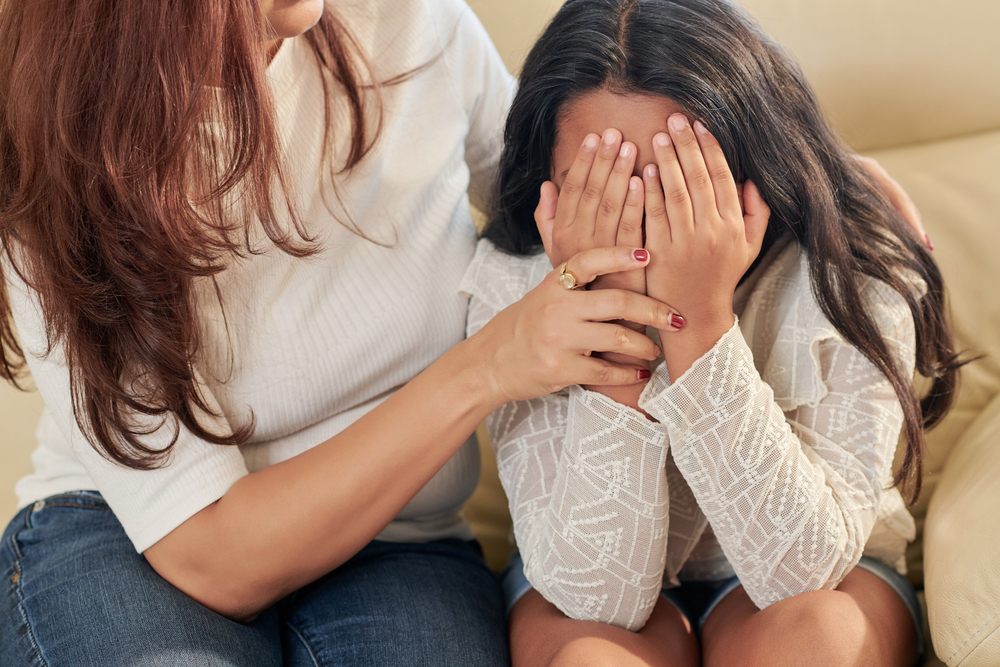One in every five students has reported being bullied. It’s something no parent wants to happen to their child.
Bullying can take numerous forms. It can involve insults or name-calling, rumors, physical violence, or exclusion.
Bullying can also take place online. Roughly 50% of kids between the ages of 9 and 12 have experienced bullying in school, and 14.5% of them have experienced online bullying.
These staggering statistics show that bullying is a serious issue for many children. This bullying guide for parents can help you better understand what bullying is and how to help your child with it.
What Is Bullying?
Bullying is characterized by an aggressive, intentional behavior performed to show an imbalance of strength or power. It can be verbal, relational, or physical.
Bullying has been present in the lives of children and adults for decades.
However, bullying has become more prevalent in recent years due to the rising popularity of social media and other cyber technologies. Cyberbullying is now making its way to smartphones, where it can reach kids (or adults) 24 hours a day.
Stopping acts of bullying and cyberbullying requires the help of parents, school administrators, and kids.
Signs of Bullying
You may not know that your child is being bullied because only about 20% of students report incidents of bullying.
Parents and school officials should always be on the lookout for common bullying signs, including the following:
- Frequent physical complaints, such as stomach aches
- Not wanting to go to school
- Withdrawing from certain school activities or events
- Decreased appetite
- Increased nightmares
- Signs of depression or anxiety
- Ripped clothing, bruises, or other indications of physical harm
Knowing the signs of bullying can help parents understand what is going on at school and in other aspects of their kids’ personal lives, so they can better help and protect them.
Dealing With Bullies

The act of properly dealing with bullies begins at home. You can prepare your child for possible bullying scenarios so that he or she knows how to respond to bullying or even stop it before it happens.
The following are several things you can do at home to help your child deal with bullying at school or online:
Role-play Scenarios
Role-playing is one of the best ways to prepare your child for bullying events that may occur. This act can empower your child and help build confidence.
Encourage your child to respond to bullying in a firm voice, as bullies tend to be encouraged by crying and perceived weakness.
Focus on Responses
A victim of bullying should not fight back or reply with a put-down. This will only encourage more bullying. Instead, teach your child a list of simple and firm responses. Some experts recommend simple phrases such as, “back off,” or “leave me alone.”
Boost Their Confidence
Bullies tend to target kids with low self-esteem because it makes them feel more powerful. Parents can help boost a kid’s confidence by enrolling them in extracurricular activities or encouraging hobbies.
These activities help kids create friendships and build self-esteem — two strong deterrents for bullies.
Encourage Open Communication
Communication is the key to finding out if your child is being bullied and dealing with it properly. Communicate openly with your child about what is happening at school every day.
Speaking with them in a friendly and nurturing way can encourage them to be open with you if something is wrong. Always emphasize the importance of well-being and safety.
Putting an End to Bullying
It’s essential for a parent to understand that his or her child may also be playing the role of a bully. Parents can help stop bullying before it starts by explaining what hurtful behavior is and how to avoid doing it.
Kids must understand that bullying can have serious negative consequences — and even legal repercussions.
Kids learn much of the behavior they take to school at home from their parents. Create a bully-free home that encourages open communication and positive behavior. Parents always serve as primary examples for their children.
Setting specific boundaries with social media and technology can also help prevent children from bullying or being bullied. Monitor messages sent through social media and other outlets, and consider storing your child’s phone in a common area at night.
Take Action
Parents need to be aware of the warning signs that a child may be experiencing bullying — or could be the one doing the bullying.
Actions taken at home can help prevent both instances. Remember: Always report repeated bullying, whether in-person or online, to the school and the school superintendent.
Bullying and threatening messages that continue may need to be reported to the police.

